
Starting June 1st, 2023 Our warehouse fee will be $0.65/cubic foot per month
In effort to lower the warehouse storage fee during inflation, we have went narrow aisle racking.This construction took us four months but the project is finally completed. With narrow aisle racking, we are able to drop storage by 24%.We as partners will go through this inflation together.
09/25/2025
Outbound logistics is the final and most crucial step in the supply chain, responsible for moving products from the warehouse to the customer's doorstep. This critical process can evoke both excitement and anxiety for customers, who anticipate their purchases but also worry about timely and perfect condition delivery. This article will delve into the processes, strategies, and overall importance of outbound logistics for business success.
Outbound logistics refers to the process of storing, transporting, and delivering finished goods from a company to its end customers. It is essentially the "last mile" of the supply chain, ensuring that products reach retailers, distributors, or directly to consumers. Think of it as the final relay in a race: the baton (your product) must pass smoothly from the producer to the end-user. Done well, outbound logistics ensures customers get the right products, at the right time, in the right condition.
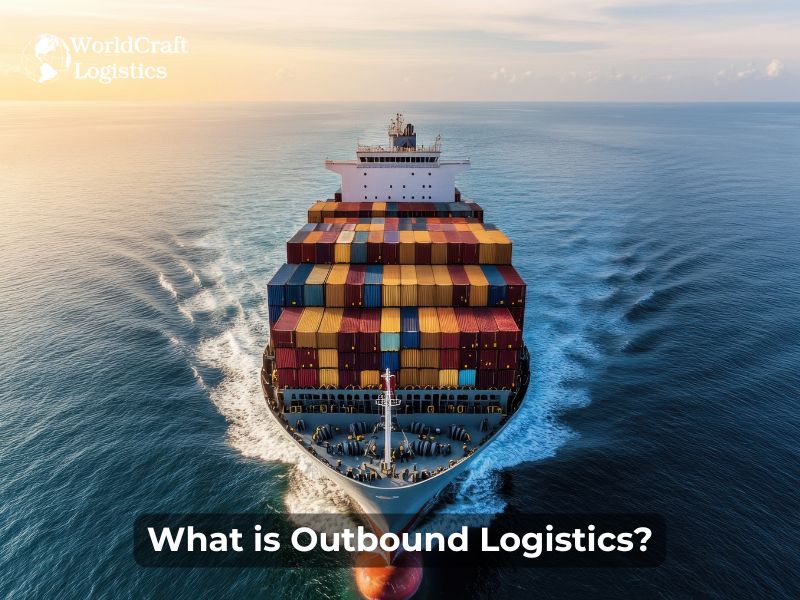
Warehousing – Storing products before they are shipped out.
Inventory Management – Monitoring stock levels and replenishments.
Order Fulfillment – Picking, packing, and preparing orders for dispatch.
Transportation – Selecting the best shipping modes to deliver products.
Delivery & Customer Service – Ensuring orders arrive on time and providing post-sale support.
In short, outbound logistics is the bridge between companies and their customers, making it one of the most critical supply chain functions.
To understand how outbound logistics works, let’s look at its main components:
Warehousing determines how goods are stored and distributed. Strategies include:
Centralized Warehousing – One major hub for all goods, offering efficiency but longer shipping distances.
Decentralized Warehousing – Multiple regional warehouses for faster delivery but higher costs.
Just-in-Time (JIT) Warehousing – Minimal storage; goods move quickly from production to shipment.
Companies adopt different approaches to move products:
Direct Distribution – Products go directly from manufacturer to customer.
Indirect Distribution – Involves intermediaries like wholesalers or retailers.
Online/E-commerce Distribution – Goods sold online and shipped directly to homes.
Last-Mile Delivery – Getting goods to the customer’s door; often the most expensive and complex step.
Tracking & Tracing – Real-time visibility for customers and companies.
Flexible Options – Scheduled deliveries, pick-up lockers, or alternative drop-off points.
Outbound logistics doesn’t stop when the product arrives. Customers expect support if something goes wrong. Excellent after-sales service builds trust and loyalty.
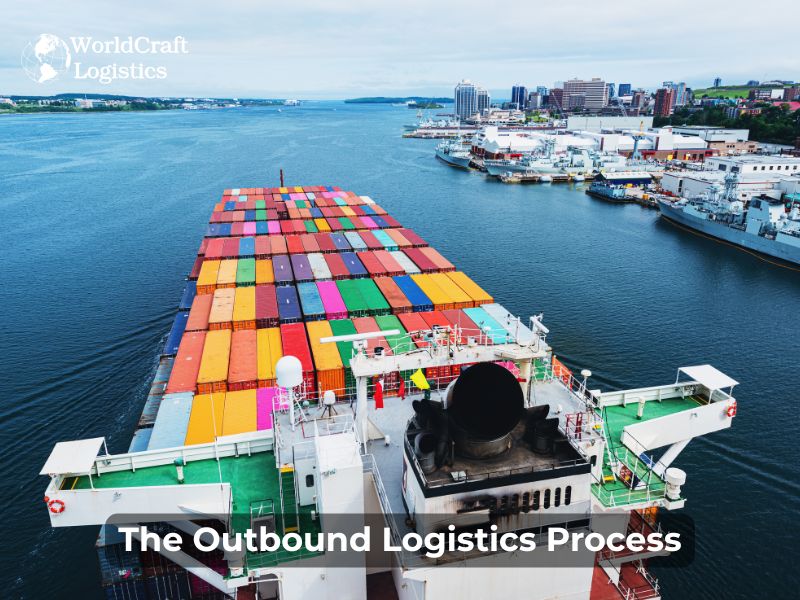
The outbound logistics process is a series of interconnected activities that ensure finished products move from a company’s warehouse to the customer quickly, safely, and efficiently. Each stage plays a critical role in maintaining service quality, minimizing costs, and ensuring customer satisfaction. Let’s break down the key steps in detail:
This is the starting point of outbound logistics. Once a customer places an order, businesses must verify payment, check stock availability, and generate the necessary shipping documents. Efficient order processing systems reduce errors, prevent delays, and keep customers informed with real-time updates.
Example: E-commerce giants like Amazon use automated order processing software that instantly confirms orders and triggers warehouse picking.
After processing, items are retrieved from warehouse shelves (picking) and prepared for shipping (packing). Accuracy is crucialsending the wrong product can damage customer trust. Companies often use barcode scanners, automated pick-to-light systems, or even robots to speed up this step.
Best Practice: Use durable, eco-friendly packaging to protect goods while reducing waste.
Before shipment, orders are sorted by destination and sometimes consolidated into larger loads to optimize transportation. This step lowers costs and reduces carbon emissions by minimizing the number of half-empty trucks on the road.
Example: Retailers consolidate smaller orders from multiple stores into one truckload headed to a regional hub.
This stage involves selecting the right carriers, vehicles, routes, and shipping modes (road, rail, air, or sea). The goal is to balance speed, cost, and reliability. Route optimization software and transportation management systems (TMS) help companies minimize fuel use and delivery times.
Tip: Businesses often use a mix of modes such as air freight for urgent orders and ocean freight for cost efficiency.
This is the “moment of truth” for outbound logistics getting the product to the customer. Delivery execution covers everything from long-haul distribution to last-mile delivery, which is often the most expensive and challenging part of the process. Companies that offer flexible delivery options (same-day, scheduled, or alternative pickup points) often see higher customer satisfaction.
Challenge: Last-mile delivery can account for more than 50% of shipping costs.
Outbound logistics doesn’t end when a product is delivered. Customers may return items due to damage, incorrect orders, or warranty claims. An efficient reverse logistics system ensures returns are handled quickly, items are restocked or refurbished, and customers receive refunds or replacements promptly.
Example: Apparel brands like Zara and H&M make returns easy by allowing customers to drop items off in-store, even for online purchases.
Every stage of the outbound logistics process must work in harmony. A delay in one area like late order processing or poor transportation planning can disrupt the entire supply chain. By streamlining each step, businesses can:
Avoid delivery delays
Minimize handling and transportation costs
Improve inventory turnover
Strengthen customer loyalty
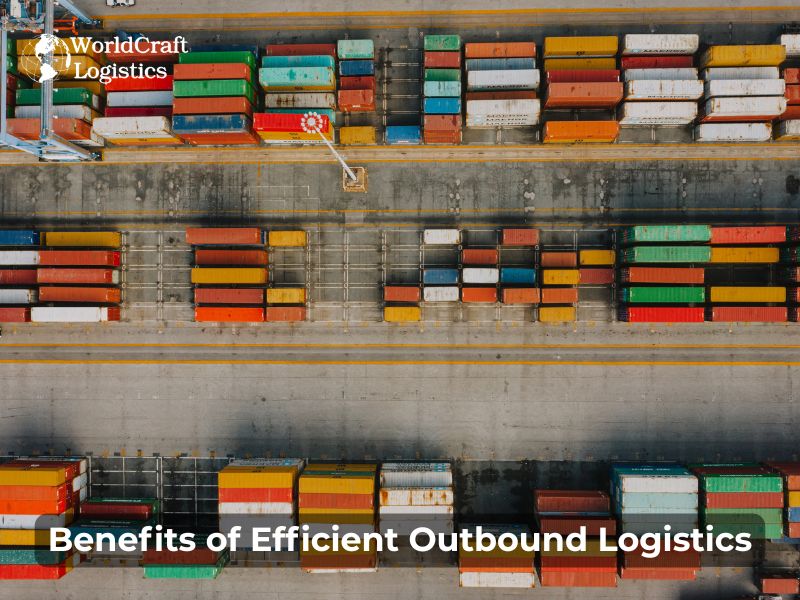
Building a strong outbound logistics strategy is not just about moving products it directly impacts profitability, customer satisfaction, and long-term business growth. Below are the key benefits explained in detail:
Timely and accurate deliveries are at the heart of a positive customer experience. When customers receive their orders quickly, in good condition, and exactly as expected, they are more likely to return and recommend the brand. In today’s competitive market, excellent logistics is often the deciding factor between keeping or losing a customer.
Example: E-commerce leaders like Amazon have set high expectations with two-day and same-day delivery options.
Efficient outbound logistics helps businesses reduce costs in warehousing, transportation, and packaging. Optimized routing and load consolidation cut fuel expenses, while streamlined order fulfillment reduces labor costs. Additionally, using sustainable packaging can lower material costs while appealing to eco-conscious consumers. Breakdown of Savings:
Outbound logistics and inventory control go hand in hand. A well-coordinated logistics system ensures the right products are always in stock, minimizing both stockouts and overstock situations. This balance prevents lost sales, reduces holding costs, and improves cash flow.
Tip: Integrating warehouse management systems (WMS) with outbound logistics can provide real-time visibility into stock levels.
Reliability builds trust. Companies that consistently deliver on time and without errors establish themselves as dependable partners in the eyes of customers. On the other hand, frequent delivery issues can quickly harm a brand’s image and push customers toward competitors.
Example: Retailers with dependable logistics often see higher Net Promoter Scores (NPS), reflecting stronger customer loyalty.
In industries where products are similar, logistics can be the differentiator. Offering faster, cheaper, or more flexible delivery options gives businesses an edge over competitors. With growing demand for convenience, customers often choose the brand that can deliver products most efficiently.
Case Study: Companies adopting last-mile delivery innovations like micro-fulfillment centers or drone deliveries are gaining a competitive edge in urban markets.
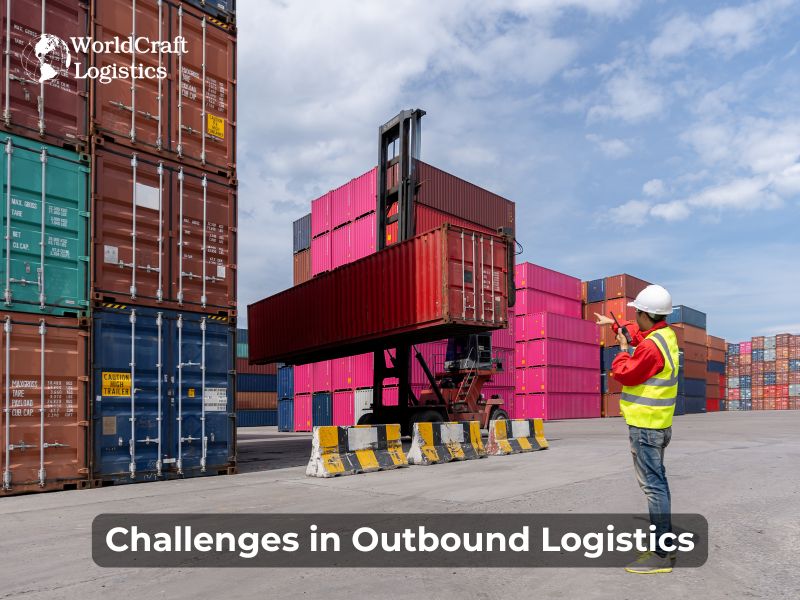
While efficient outbound logistics can boost competitiveness, it also comes with significant hurdles. Businesses must navigate these challenges to keep costs under control and meet growing customer demands:
The “last mile”, the journey from the distribution hub to the customer’s doorstep, is often the most expensive stage of the process. It can account for up to 50% of total logistics costs due to fragmented routes, failed deliveries, and increased demand for rapid fulfillment. Companies are exploring solutions such as micro-fulfillment centers, parcel lockers, and crowdsourced delivery models to reduce this financial burden.
Congested roads, limited warehouse space, and underdeveloped transport networks create frequent bottlenecks. These issues lead to delays, higher fuel consumption, and inefficient delivery schedules. In many regions, especially emerging markets, infrastructure constraints remain one of the biggest obstacles to scaling outbound logistics.
Unforeseen events from political instability and trade wars to natural disasters and pandemics can instantly disrupt shipping schedules and create backlogs at ports or customs checkpoints. Companies with global operations must build resilient supply chains, often by diversifying sourcing locations and working with multiple logistics partners.
Modern customers expect same-day or next-day delivery as the norm, thanks to the rise of e-commerce giants. This puts immense pressure on businesses to shorten lead times while keeping costs low. Meeting these expectations requires advanced technologies like predictive analytics, route optimization, and real-time tracking systems.
Sustainability is no longer optional. Businesses are under pressure to reduce their carbon footprint by adopting greener practices, such as using electric vehicles, optimizing packaging, and reducing empty miles in transportation. Balancing environmental goals with cost efficiency is one of the most complex challenges in today’s outbound logistics landscape.
It’s easy to confuse outbound logistics with inbound logistics, but they serve different purposes:
Aspect | Inbound Logistics | Outbound Logistics |
Direction | Raw materials flow into the company. | Finished products flow out to customers. |
Focus | Procurement, supplier coordination, and receiving goods. | Distribution, order fulfillment, and customer delivery. |
Objective | Ensure smooth production by sourcing inputs. | Ensure customer satisfaction through timely delivery. |
Costs | Purchasing, transportation, and receiving goods. | Warehousing, packaging, and transportation to end-users. |
Both inbound and outbound logistics are vital. Together, they create a seamless supply chain.
At Worldcraft Logistics, we specialize in helping businesses master both inbound and outbound logistics. From optimizing last-mile delivery to building sustainable, scalable distribution networks, we provide the expertise you need to stay ahead. 👉 Connect with Worldcraft Logistics today to explore how smarter logistics strategies can transform your supply chain performance.
To succeed in today’s competitive environment, businesses must adopt strong outbound logistics strategies:
Leverage Technology – Use warehouse management systems (WMS), transportation management systems (TMS), and real-time tracking tools.
Optimize Delivery Routes – Use AI-powered route planning to reduce time and fuel costs.
Focus on Customer Preferences – Offer multiple delivery options and transparent tracking.
Collaborate with Reliable Partners – Strong carrier and 3PL relationships ensure consistency.
Sustainability Practices – Use eco-friendly packaging, electric vehicles, and route optimization to reduce emissions.
Scalability – Prepare logistics systems to handle seasonal peaks or sudden demand surges.
Technology is revolutionizing the outbound logistics process:
Internet of Things (IoT) – GPS and sensors for real-time shipment monitoring.
Artificial Intelligence (AI) – Predict demand, optimize routes, and automate repetitive tasks.
Data Analytics – Spot inefficiencies, improve forecasting, and reduce costs.
Warehouse Automation – Robots and drones for picking, sorting, and packing.
Blockchain – Enhances transparency and trust across the supply chain.
By adopting these tools, companies can cut costs, increase efficiency, and enhance customer satisfaction.
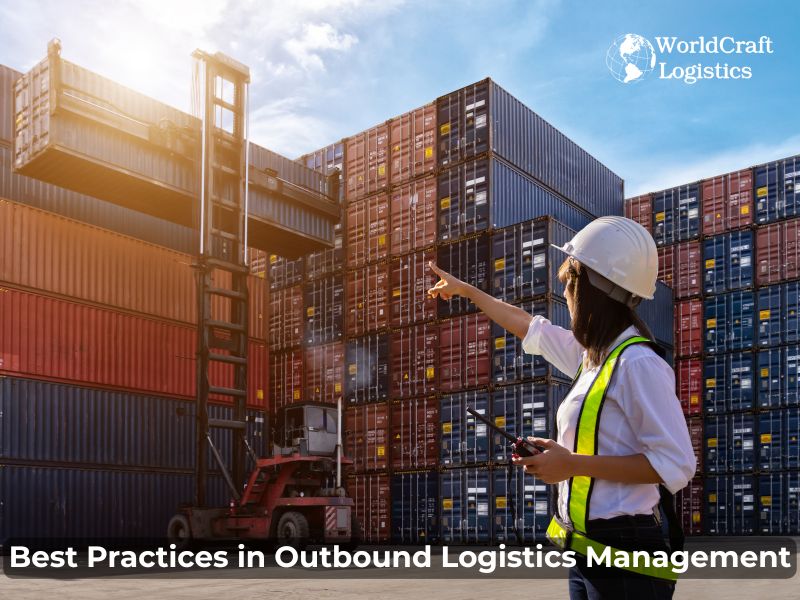
Strong outbound logistics management is not only about moving products quickly, it's about building a system that is efficient, resilient, and customer-focused. Below are some proven best practices that industry leaders adopt to strengthen their operations:
Outbound logistics should never remain static. Companies that regularly audit and refine their logistics processes can identify inefficiencies early, adapt to market shifts, and incorporate new technologies. Lean management principles, Six Sigma, and KPI-driven performance tracking are often applied to ensure continuous optimization.
Customers expect speed, accuracy, and transparency. By designing logistics strategies around customer needs such as flexible delivery options, real-time tracking, and clear return policies businesses can enhance satisfaction and build loyalty. A customer-first approach also helps transform logistics from a cost center into a brand differentiator.
Supply chains are vulnerable to disruptions ranging from weather events to geopolitical tensions. Organizations must develop robust contingency plans including backup suppliers, alternative transport routes, and digital monitoring systems. Proactive risk management ensures business continuity even under unexpected conditions.
Outbound operations cannot be managed in isolation. By aligning inbound and outbound logistics, companies create a smoother overall flow of goods, minimize warehouse congestion, and balance inventory more effectively. This holistic view reduces bottlenecks and improves responsiveness to demand fluctuations.
Green logistics is becoming a competitive advantage. Businesses can reduce environmental impact through eco-friendly packaging, route optimization, electric vehicles, and reverse logistics programs. Beyond compliance, sustainable logistics practices create long-term value by lowering costs, strengthening brand reputation, and meeting growing consumer expectations for responsible business.
Amazon – Masters last-mile delivery with its vast distribution network and same-day options.
Zara – Uses fast outbound logistics to update stores with the latest fashion trends every two weeks.
Tesla – Ships vehicles directly to customers, bypassing traditional dealerships.
These companies prove that outbound logistics isn’t just operational, it's strategic.
Outbound logistics is more than just moving goodsit’s about delivering satisfaction, efficiency, and long-term value. From warehousing and inventory management to last-mile delivery and customer service, every step matters. Companies that invest in outbound logistics strategiesespecially technology-driven onescan reduce costs, improve customer loyalty, and build resilience in an unpredictable global market. In a world where speed, transparency, and reliability define success, outbound logistics has become a true competitive advantage.
SEO
Digital Marketing/SEO Specialist
Simon Mang is an SEO and Digital Marketing expert at Wordcraft Logistics. With many years of experience in the field of digital marketing, he has shaped and built strategies to effectively promote Wordcraft Logistics' online presence. With a deep understanding of the logistics industry, I have shared more than 300 specialized articles on many different topics.
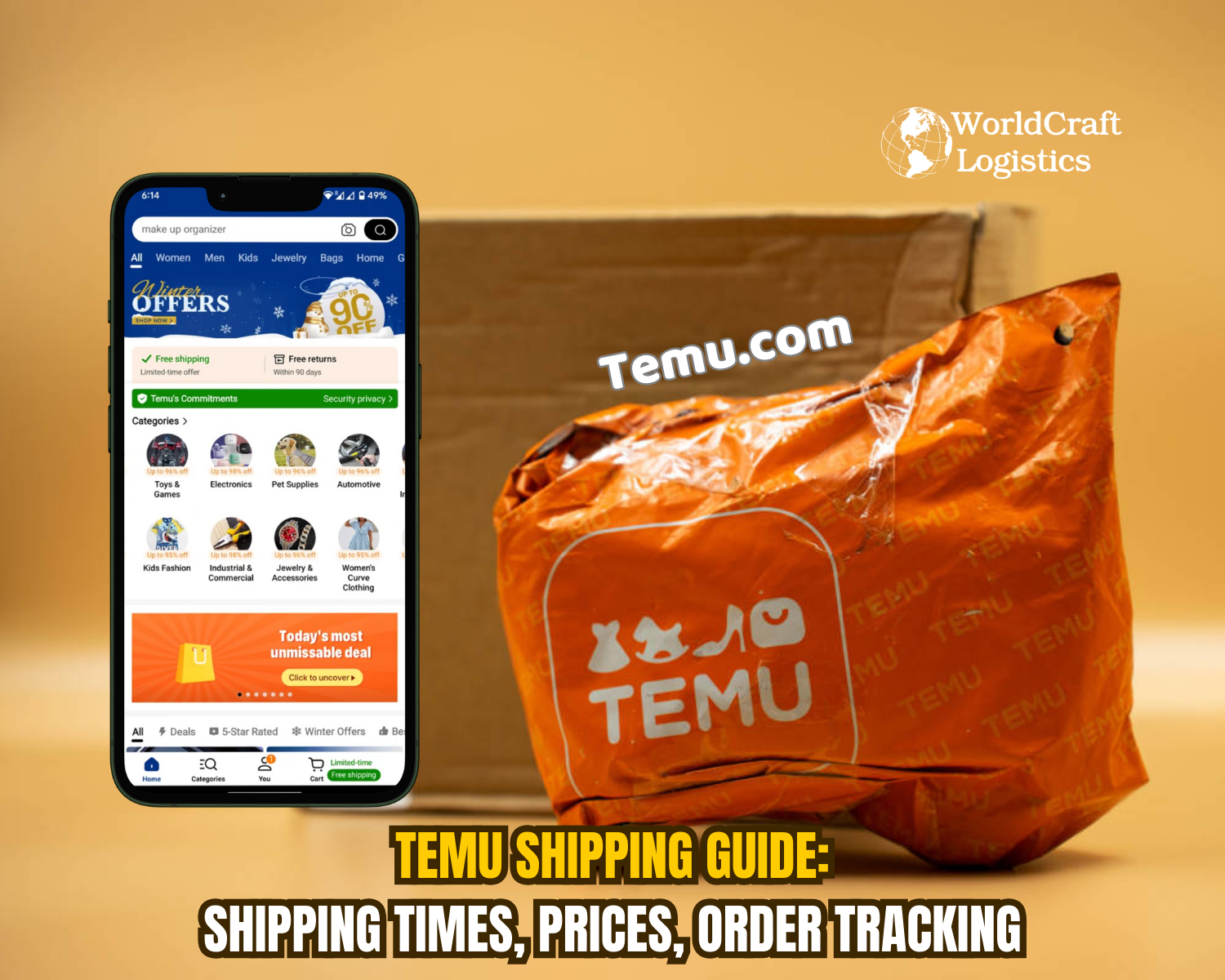
Education
01/05/2025
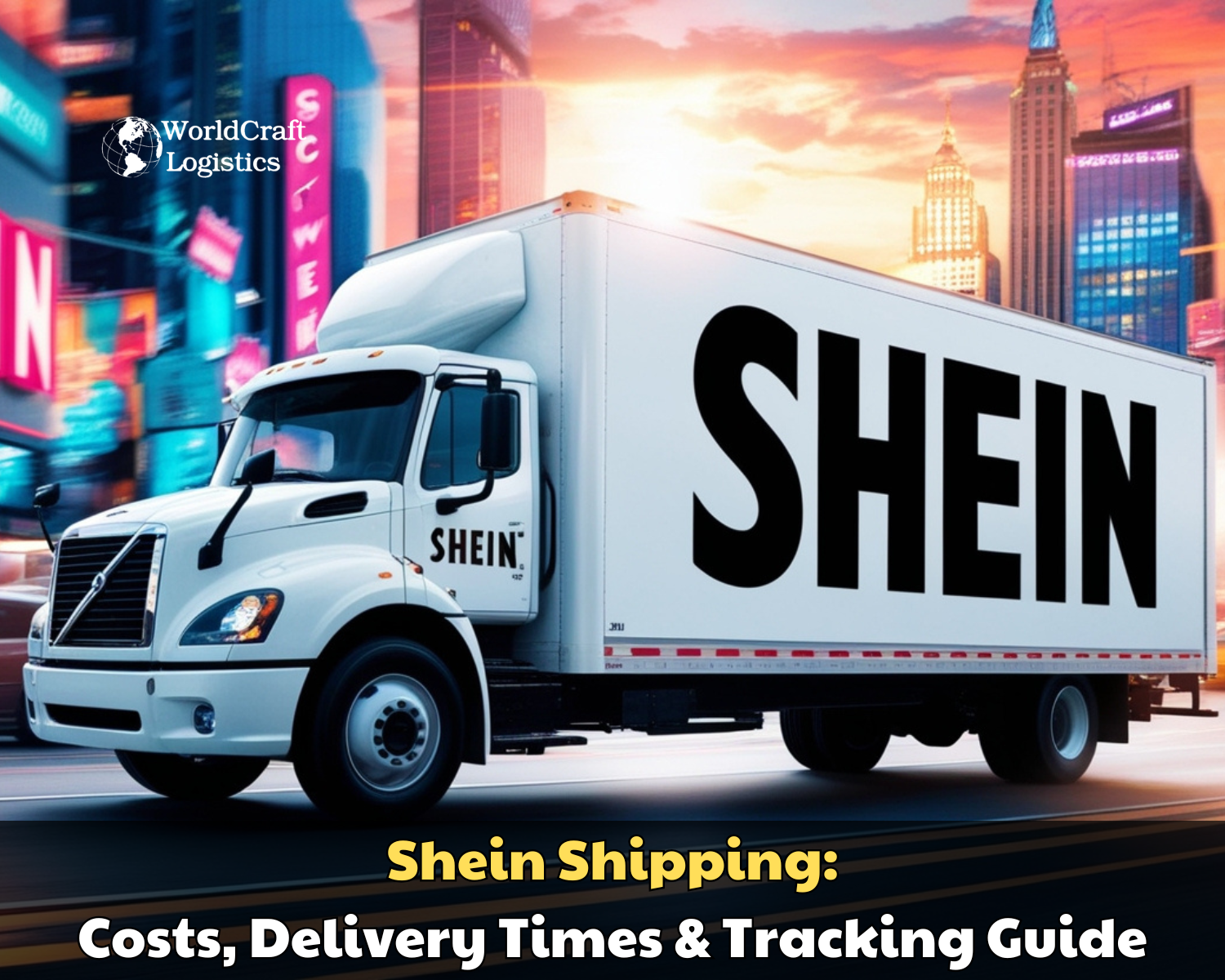
Education
02/18/2025
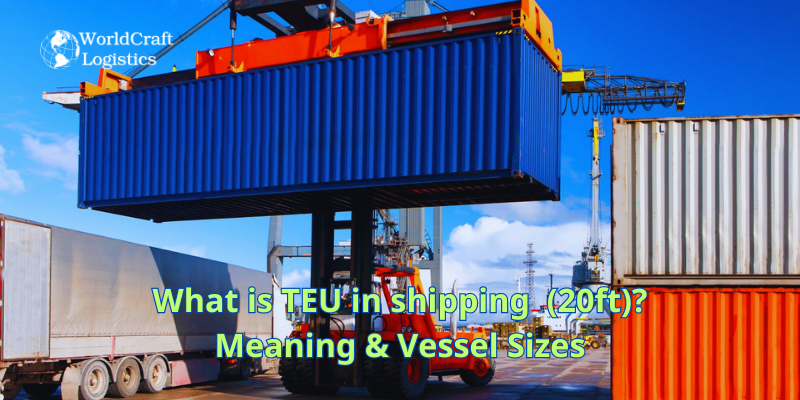
Education
01/01/2024
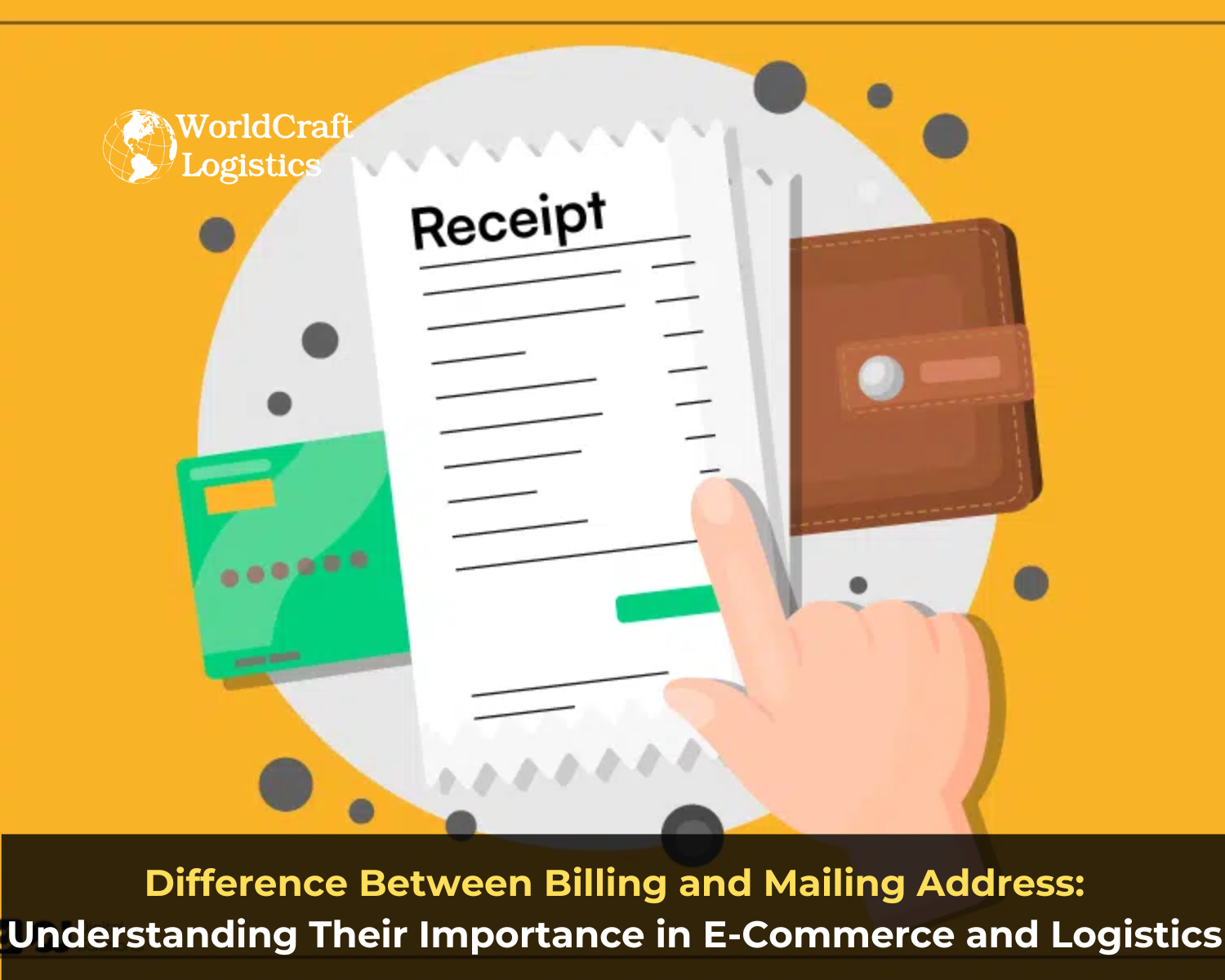
Education
08/28/2024

Education
11/13/2023